

Disasters occur when hazards meet vulnerability. 1
Disasters occur when there are challenges in resilience to disasters due to lack of proper disaster management planning and appropriate risk management as compared to the severity of the hazard. Strengthening disaster resilience, hazard identification and assessment play a dual role in disaster management.
The United Nations Office for Disaster Risk Reduction (UNDRR) defines a hazard as “a dangerous phenomenon, substance, human activity or condition that may cause loss of life, injury or other health impacts, property damage, loss of livelihoods and services, social and economic disruption, or environmental damage”. It also defines natural hazards are predominantly associated with natural processes and phenomena. 2
Multi-hazard means (1) the selection of multiple major hazards that the country faces, and (2) the specific contexts where hazardous events may occur simultaneously, cascadingly or cumulatively over time, and taking into account the potential interrelated effects.
Natural disaster hazards include floods, volcanoes, earthquakes, tsunamis, landslides and so on. Disaster management for natural disasters begins with the identification of natural disaster hazards and their appropriate assessment. In other words, it is important to identify the hazard and assess its risk level. Forecasting technology for all hazards has advanced, and in many cases, the results of damage prediction are compiled into hazard maps that are incorporated into disaster management.
In many cases, the hazard maps are organized in such a way that the risk of multiple hazards must also be considered. In many cases, overlapping hazard maps can also be used to study the possibility of multiple hazards.
Furthermore, in the case of landslides, the impact of the hazard itself may change due to changes in the ground conditions. In such a case, it is important to evaluate the impact of the hazard in real time by using monitoring technology.
In this section, hazard mapping and monitoring technologies are introduced.
A hazard map is a map that shows the expected disaster areas and the locations of evacuation sites, evacuation routes and other disaster prevention facilities for the purpose of mitigating damage caused by natural disasters and for disaster prevention measures. It is sometimes called a disaster prevention map, damage forecast map, estimated damage map, disaster avoidance map, or risk map. Hazard maps are created based on disaster prevention geographic information, such as the history of past disasters, evacuation sites, and evacuation routes, as well as topographical and geological features that contribute to the formation of the land and predisposition to disasters in the area. 1
By using hazard maps, residents can evacuate quickly and accurately in the event of a disaster and avoid areas where secondary disasters are expected to occur, which is very effective in reducing damage from disasters.
The general flow of Hazard Map development.
The process of developing a road hazard map can be divided into the steps indicated in Table 3.3.1.1 2 In general, maps of lower levels are created, and then analysis and evaluation are conducted. Level 1 and Level 2 belong to the "unstable area map". The quality of the hazard map is proportional to the quality of the identification of unstable locations.
| Step | Name | Remarks |
|---|---|---|
| 1 | Inventory map | A map showing the cause of the instability (topographical map, aerial photographic interpretation map, geological map, disaster history map, etc.) |
| 2 | Susceptibility map | A map showing the source of the instability (including a map showing the instability) |
| 3 | Hazard map | A map showing the area from the source to the impact area |
| 4 | Fragility map | A map showing the probability of occurrence of the above hazard (probability of source to impact area) in relation to the triggers. |
| 5 | Real time hazard map | A map of hazards that is updated and displayed sequentially, based on real-time data on rainfall and other triggers, and hazard assessment. |
| 6 | Risk map | A map showing the human and social economic risks of hazards. |
For the purpose of mitigating damage caused by floods by ensuring smooth and prompt evacuation or preventing flooding, flood hazard maps are published showing the estimated depth and duration of flooding for areas that are expected to be inundated if the river overflows due to the maximum possible rainfall. The areas that are expected to be inundated if the river overflows due to rainfall, which is the basis of the river flood prevention plan, and the expected depth of water in case of inundation are also published. These are generally referred to as flood hazard maps. 3 Figure 3.3.1.1 shows an example of the flood hazard map. 4
Figure 3.3.1.1 An example of flood hazard map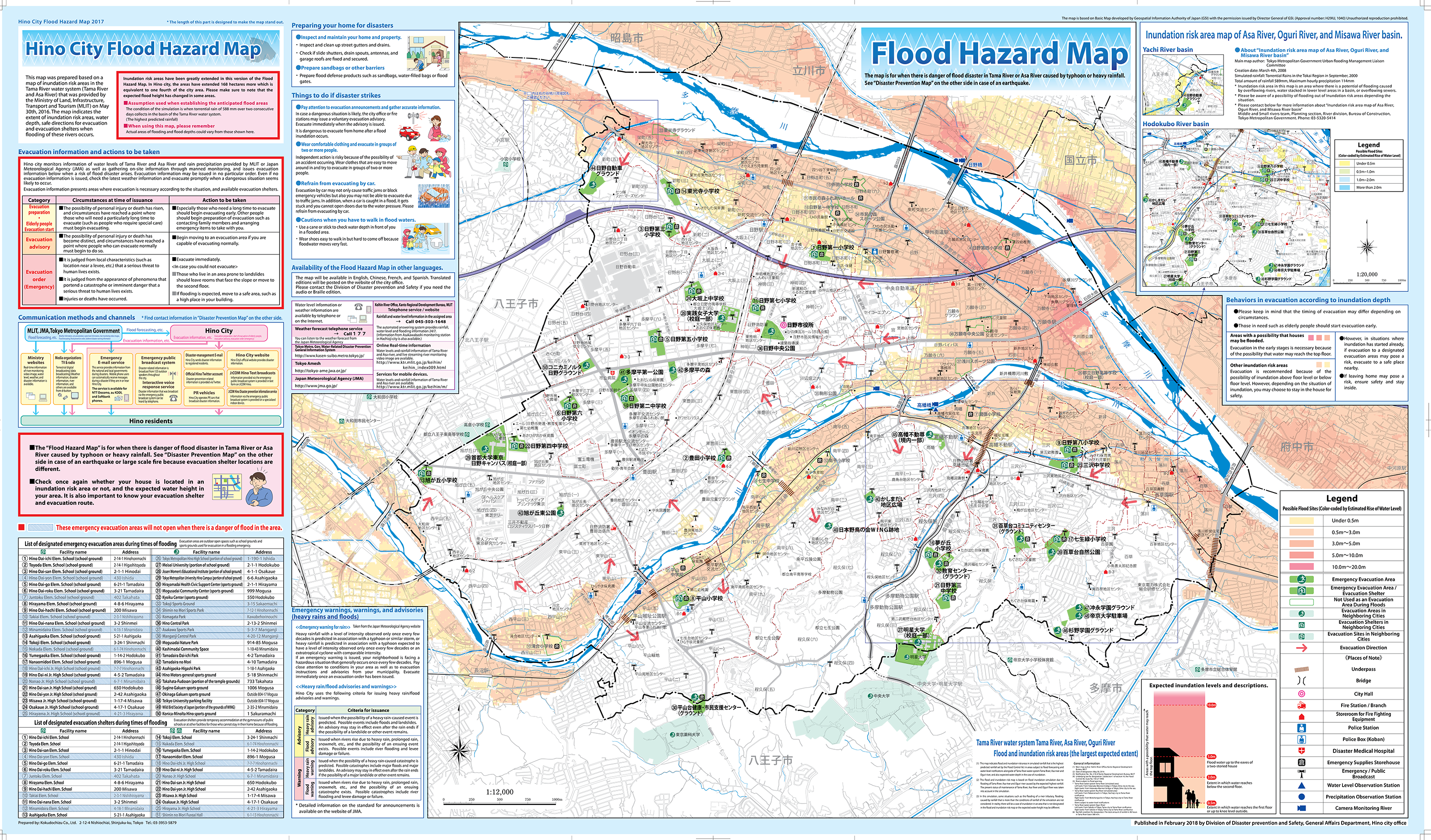
A volcanic hazard map is a map of the area that may be affected by volcanic hazards (large cinder cones, pyroclastic flows, snow-melting volcanic mudflows, etc.). The maps are used as basic data to study evacuation plans during normal times, and to study disaster prevention measures such as mountain entry restrictions, evacuation, and land use during eruptions. 5 Figure 3.3.1.2 shows an example of the volcanic hazard map.6
Figure 3.3.1.2. An example of Volcano hazard map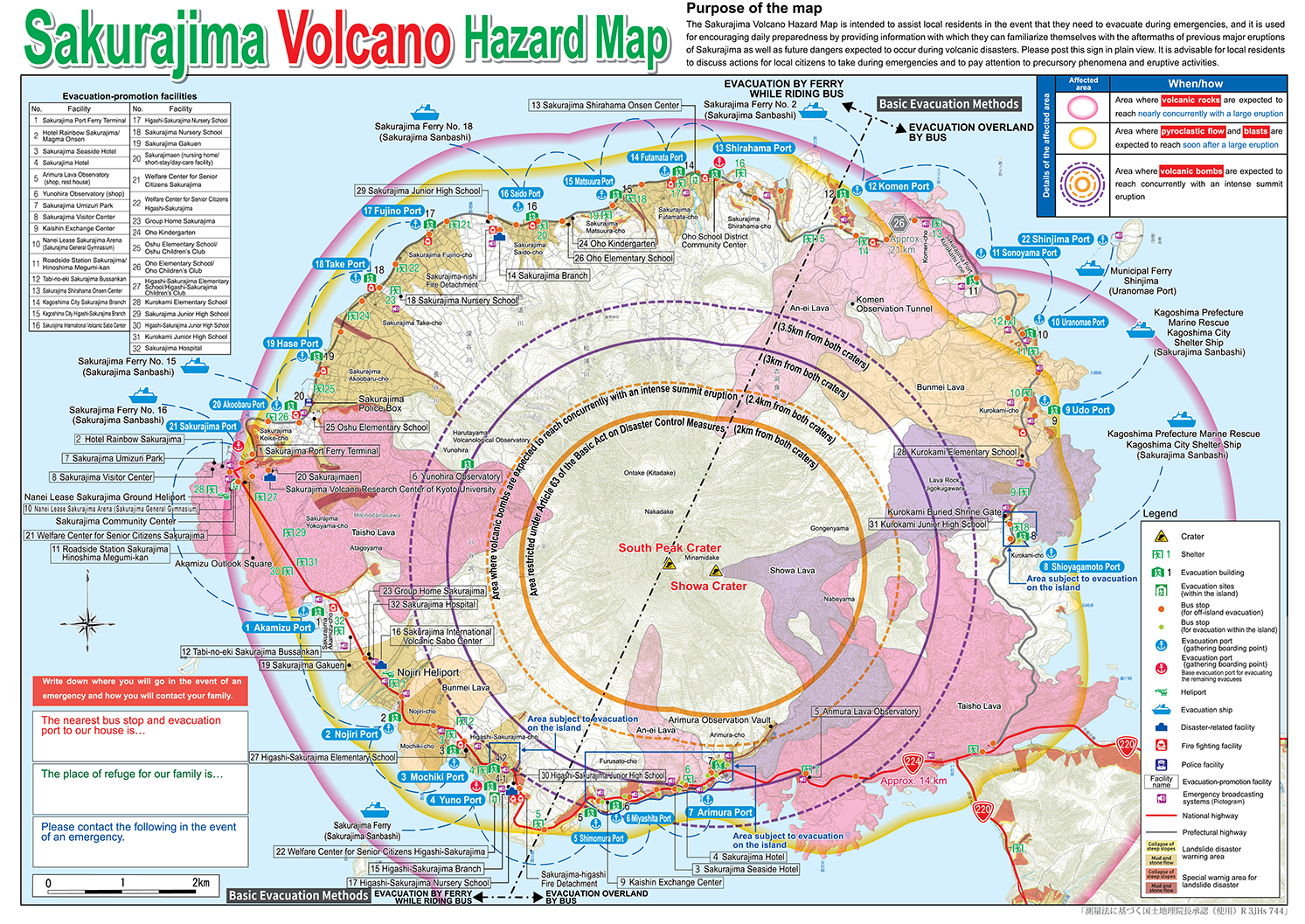
A seismic hazard map is a map that shows predicted information such as the level of tremors that may be caused by future earthquakes, the likelihood of strong tremors in each region within a certain period of time, and the extent of damage caused by earthquakes.
The probabilistic seismic motion prediction map is a map that shows the results of the evaluation of the possibility of strong shaking in each region in the future, taking into account the possibility of long-term occurrence of such earthquakes.
The "Earthquake Motion Prediction Map Specifying the Source Fault" shows how strong the shaking will be in the area to be evaluated when the earthquake occurs by assuming scenarios such as how the source fault will shift and move in response to a specific earthquake.
In addition, there are hazard maps that predict building damage by region and handle the risk of liquefaction of the ground.
Figure 3.3.1.3 shows an example of the seismic hazard map. 8
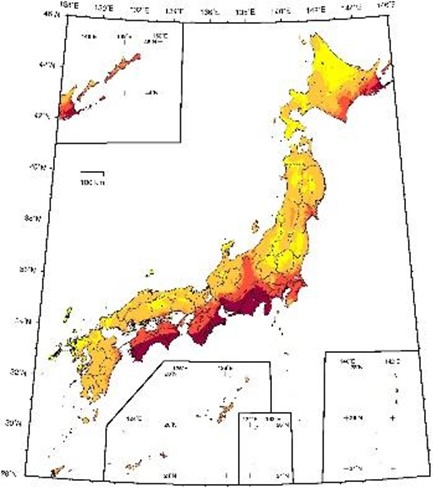
Figure 3.3.1.3. An example of earthquake hazard map
Exceedance probability within 30 years considering all earthquakes (JMA seismic intensity: 6 Lower or more; average case; period starting Jan. 2010)
A tsunami and storm surge hazard map is a map that shows the anticipated damage area and the extent of the damage, as well as related disaster management information such as evacuation sites and routes, if necessary, for the purpose of considering evacuation of local residents and construction of facilities against tsunami and storm surge disasters. 9 Figure 3.3.1.4 shows an example of the tsunami hazard map. 10
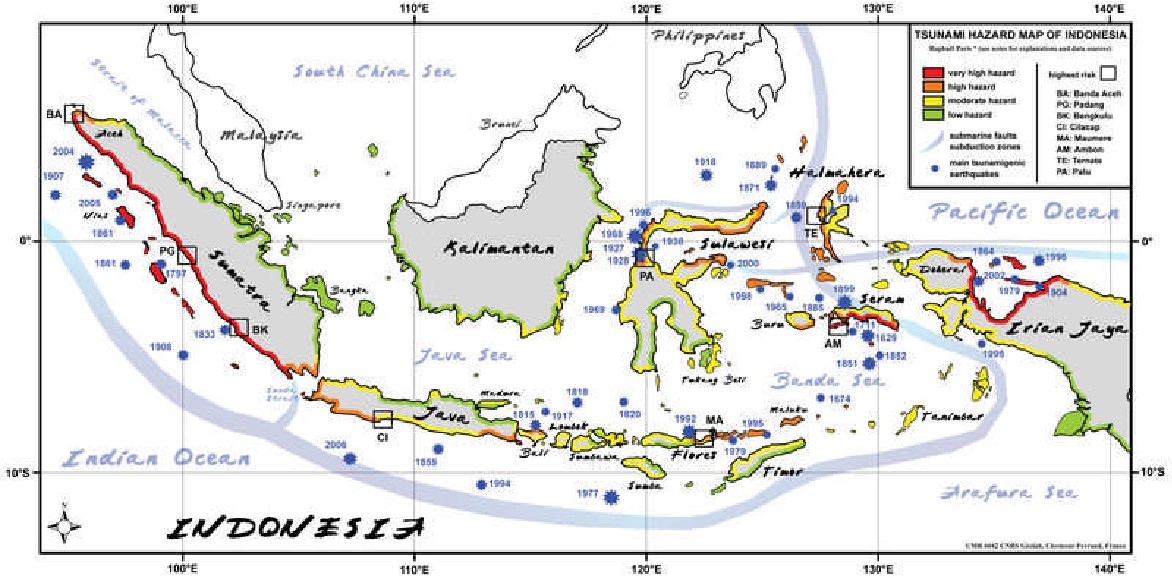
Figure 3.3.1.4 An example of tsunami hazard map
Geo-hazard is a phenomenon triggered by heavy rains or earthquakes that causes 1) mountains and cliffs to collapse, and 2) soil and rocks mixed with water to flow out of rivers.
A geo-hazard map is a tool to provide residents with information on the risk of sediment disasters and evacuation in the event of a disaster and is developed mainly for the purpose of helping residents evacuate in the event of a disaster.
Geo-hazard can be broadly classified into three types: Rock falls (collapse of steep slopes), Debris flows, and Slides as shown in Figure 3.3.1.5.
(a) Rock falls (collapses of steep slopes): Phenomena in which the resistance of soil materials is weakened by rain or earthquake and the slope collapses rapidly. When a Slope failure strikes a house, many people fail to escape, and the rate of death is high.
(b) Debris flows: Phenomena in which a portion of the soil, sand, and stones that make up a hillside or streambed is combined with water due to rain, etc., and swept downstream at high speed. The flow speed is 20 to 40 km/h and can destroy houses in a moment.
(c) Slide: Phenomena in which rock or soil mass on a slope slowly moves downward along the sliding surface due to the influence of groundwater or earthquake. It is a general phenomenon that covers a wide area and has a high potential to cause serious damage due to a large amount of moving mass.

Figure 3.3.1.5 Classification of geo-hazards
Figure 3.3.1.6 shows an example of the landslide hazard map. 12
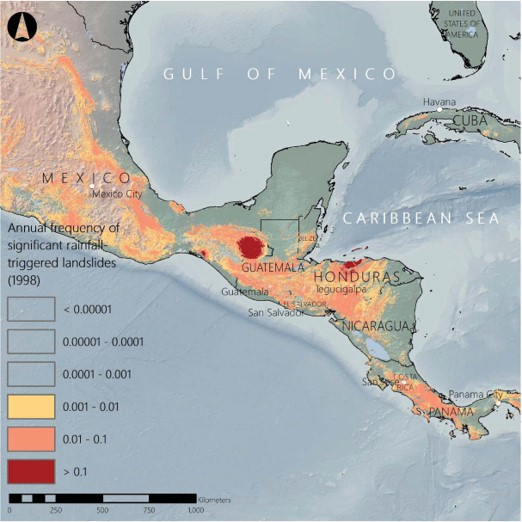
Figure 3.3.1.6 An example of landslide hazard map
Monitoring is defined by the Organisation for Economic Co-operation and Development (OECD) as "A continuing function that uses systematic collection of data on specified indicators to provide management and the main stakeholders of an ongoing development intervention with indications of the extent of progress and achievement of objectives and progress in the use of allocated funds” 1. The monitoring activity dealt with in this chapter is an activity to collect field data for evaluating the potential or hidden hazard risk.
When disasters are organized with a focus on the timeline of their occurrence mechanism, some events are recognized as having a relatively long time from the precursor or initial event to the occurrence of the disaster. In the case of earthquakes and typhoons, the time from the occurrence of the event to the occurrence of the disaster is generally short. For such events, preparedness activities are focused relatively on mitigating the disaster by providing early warning information. On the other hand, in the case of a slope disaster, where there is some time from the precursor or initial event to the onset of the disaster, although there are exceptions, preparedness activities are focused on mitigating the disaster by detecting the precursor or initial event, strengthening monitoring of the precursor or initial event, and determining countermeasures against the initial event based on the results of the monitoring. It is also important for road administrators to maintain road functions as much as possible for economic activities while giving top priority to ensuring the safety of road users. Thus, monitoring activities are one of the most important preparatory activities in disaster management to determine the necessity of prior road closure or appropriate slope improvement and its timing by confirming the development of the initial event and its trend. Figure 3.3.2.1 shows an example of a road slope disaster. 2
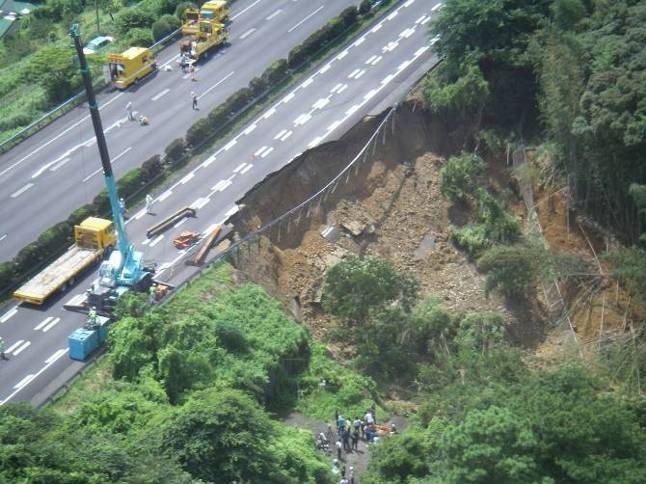
Figure 3.3.2.1 Road slope failure (2010 Makinohara slope failure)
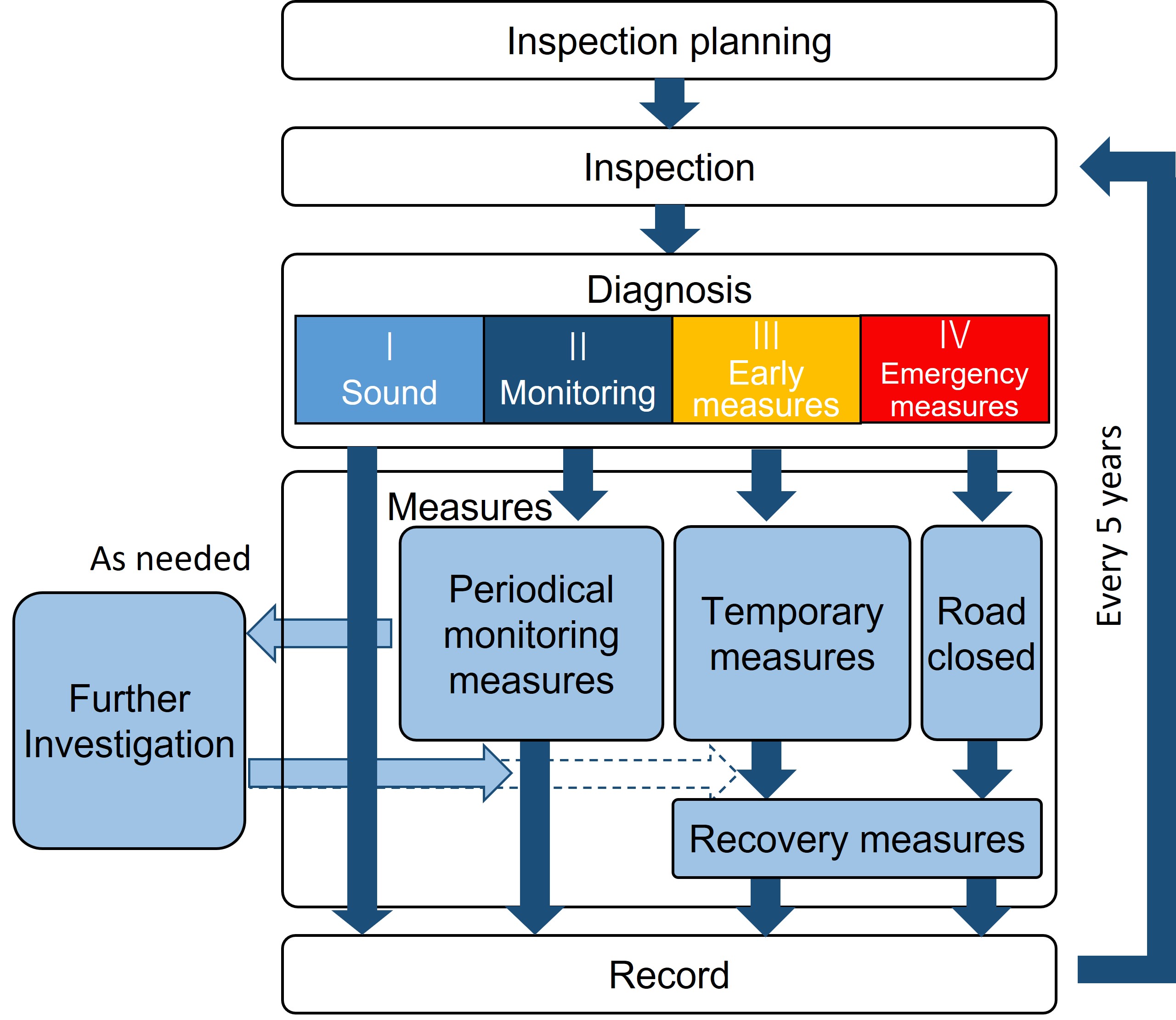
Figure 3.3.2.2 Maintenance management flow for slope structures
Figure 3.3.2.2 3 shows the management flow for slope disasters. Many inspections, monitoring, and countermeasure activities, as well as their overall management activities, are conducted to prevent or mitigate slope hazards. Since the mechanism of slope disasters is generally complex, it is important from the viewpoint of safety and efficiency to hand over from general maintenance activities to maintenance activities by specialists. Patrols and inspections are responsible for the detection of precursor events and initial events. However, patrollers and inspectors do not have specialized knowledge and training on slopes, and it is difficult for them to judge the influence of precursors and initial events on the progression to disaster occurrence. Therefore, it is necessary to shift to monitoring activities by experts to realize safe and efficient maintenance management.
Monitoring can be classified into two categories: "chart inspection" (ledger inspection), in which data is collected periodically by visual inspection and measurement by expert inspectors and evaluated by expert engineers, and "monitoring" in a narrower sense, in which data is collected continuously using instruments to obtain more detailed data and evaluated by expert engineers. In Japan, especially in response to slope disasters, "chart inspection" is often conducted at the precursor stage, and if necessary, "monitoring" in the narrow sense is strengthened and "slope stability measures" are implemented. Thus, it is essential to utilize monitoring with different characteristics to ensure the safety of road users and to conduct efficient disaster management.
In the countermeasures against slope hazards, it is important to predict when, where, and on what scale, a slope disaster will occur. Table 3.3.2.1 4 shows a list of techniques for predicting when, where, and on what scale a slope disaster will occur.
For hazard prediction of "where" and "at what scale" road slopes will occur, satellite imagery, aerial surveying, and seismic observation have been used to identify large-scale possible hazard areas. However, due to the existence of a large number of road slopes in a wide area, the current situation relies on the detection of "anomalies" by road patrollers and regular inspectors. It is impossible to predict "when" a disaster will occur on a road slope with current technology. Therefore, structural measures (reinforcement, repair, etc.) are being taken to prevent the occurrence of disasters, and non-structural measures (road closures, etc.) are also being monitored to determine the necessity of such measures. For non-structural measures (road closures), "Early Warning Information" is issued based on rainfall monitoring information. This will be dealt with in the "Early Warning Information" section. As shown in Table 3.3.2.2, this chapter describes the "monitoring" that is conducted to obtain decision-making materials for structural measures.
In order to evaluate the stability of the slope and to determine the timing of the implementation of stability improvement measures, monitoring is divided into two types: continuous measurement monitoring using equipment, and chart inspection conducted by engineers using periodic visual inspection and simple measurements.
In continuous monitoring, the displacement rate (difference in displacement in hours or days) is calculated from the amount of displacement and strain obtained from extensometers, GPS, and in-hole inclinometers, and when the displacement rate exceeds the threshold value, stability improvement measures are carried out or the road is closed. Since the displacement rate that leads to slope failure varies depending on the size, slope, and material properties of the slope, the control threshold is set based on the characteristics of the individual slope based on laboratory tests and numerical analysis. However, due to the technical difficulty in predicting slope failure, the threshold values are often set based on the values proposed by researchers. For example, in the case of the threshold value for the extensometer, when the displacement rate reaches 2 mm to 4 mm/hour or more, the slope is judged to be close to collapse, and evacuation or road closure is often carried out. 4
In the case of GPS, when high measurement accuracy is required for engineering interpretation, such as slope failure and landslide, objective judgment can be made by statistically processing the time series data using the static method. Although it depends on the calculation environment and the installation method, it has become possible to detect sudden small displacements of about 2 to 3 mm by time-series statistical analysis.
In remote sensing, a method has been proposed to classify and process satellite data, to create ground thematic maps, and to create hazard prediction images through quantitative analysis based on these data.
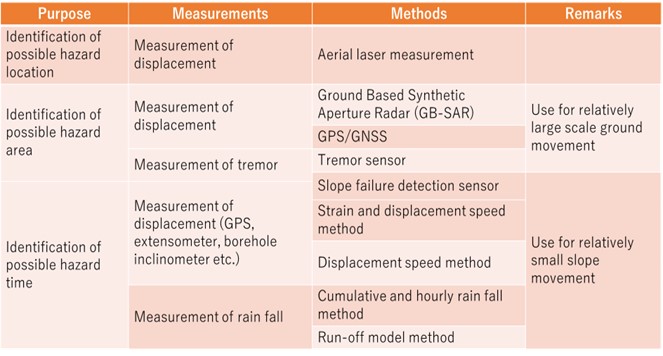
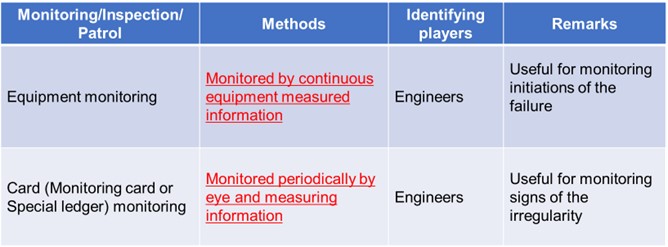
The investigation of surface deformation is conducted to define the boundaries of the landslide, size, level of activity and directions of the movement, and to determine individual moving blocks of the main slide. The presence of scarps and transverse cracks are useful for determining whether the potential for future activity exists.
Examples of equipment used for the surface deformation investigation include extensometers, ground tiltmeters, movement determination by survey methods including transverse survey, grid survey, laser survey from the opposite bank, movement determination by aerial photographs, and GPS (Figure 3.3.2.3).
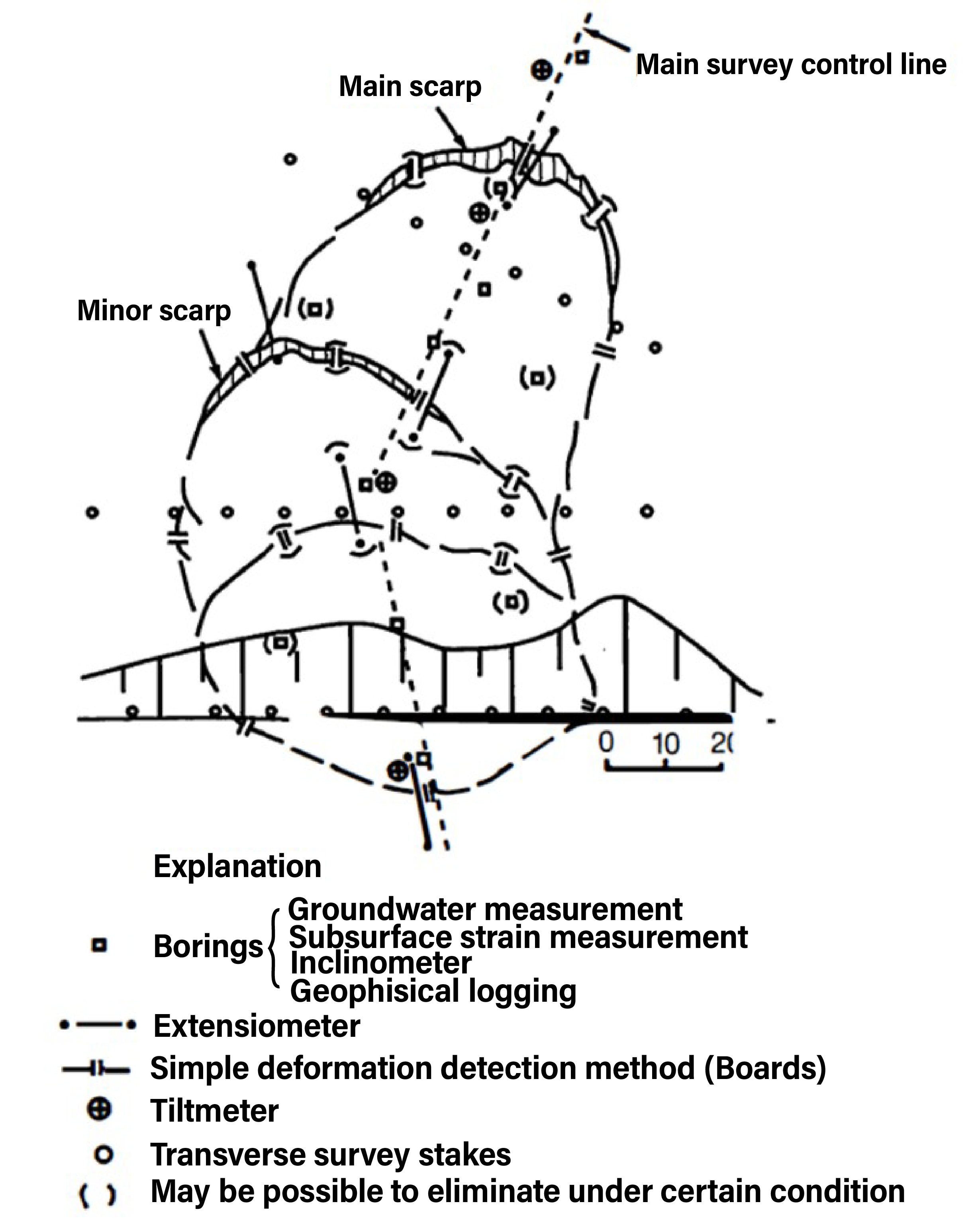
Figure 3.3.2.3. Example of equipment
One of the simplest methods to determine landslide movement is to drive stakes across a tension crack along the direction of slide movement (Figure 3.3.2.4). Then attach a horizontal board to the stakes, and saw through the board. Any movement across the tension crack can be determined by measuring the displacement of the space created by cutting the board.
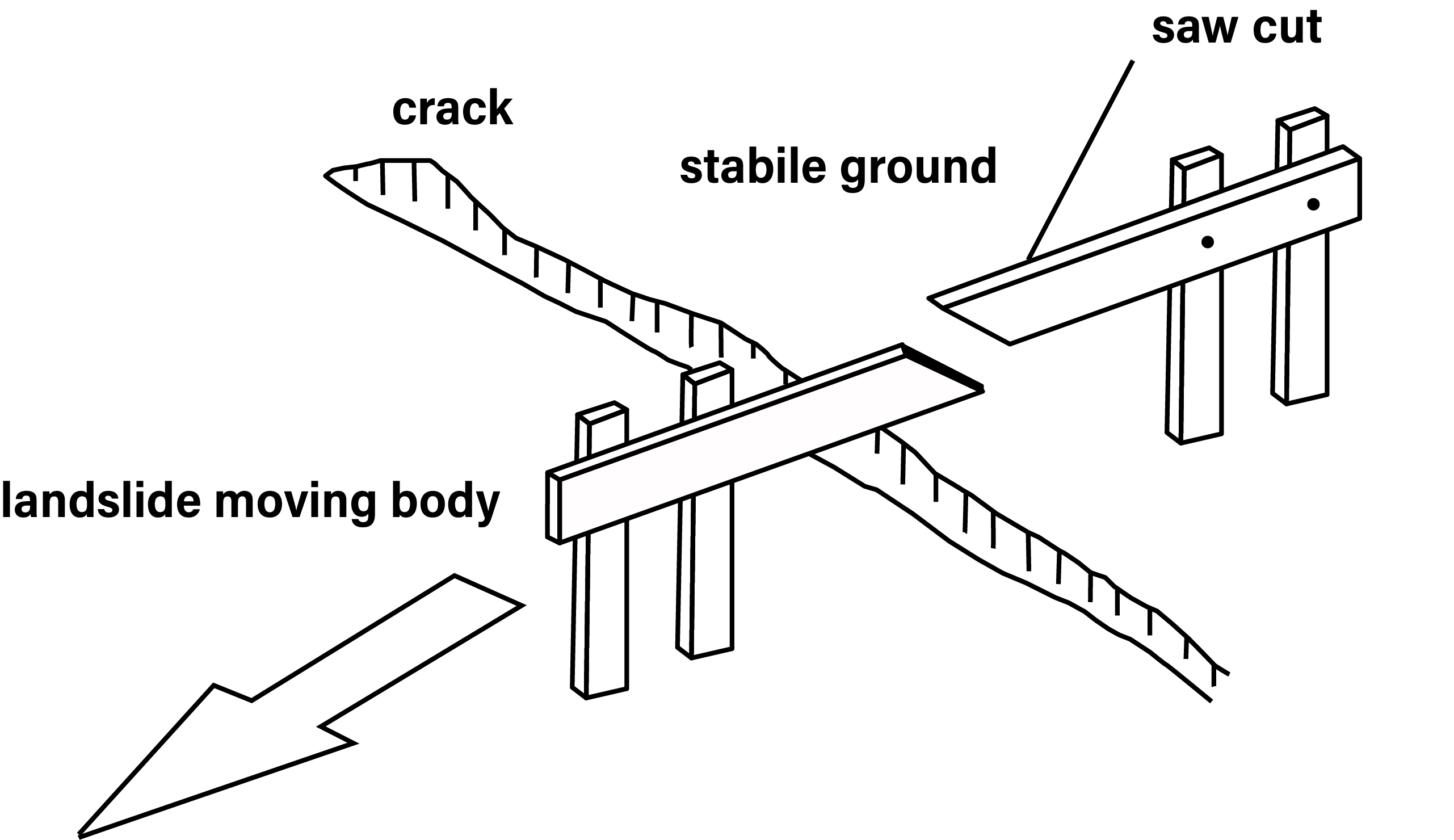
Figure 3.3.2.4. Simple deformation detection method (Broads)
The extensometer is used to measure the amount of relative displacement between two points which are set on a moving and unmoving ground. The extensometers are generally installed across the main scarp, at transverse cracks and transverse ridges near the toe or front portion of the slide and parallel to the suspected slide direction (Figure 3.3.2.5). Measurements should be accurate to within 0.2 mm, and the magnitude of the movement and daily rainfall data should be recorded to establish the relationship between the measurable movement and the precipitation rate (Figure 3.3.2.6).
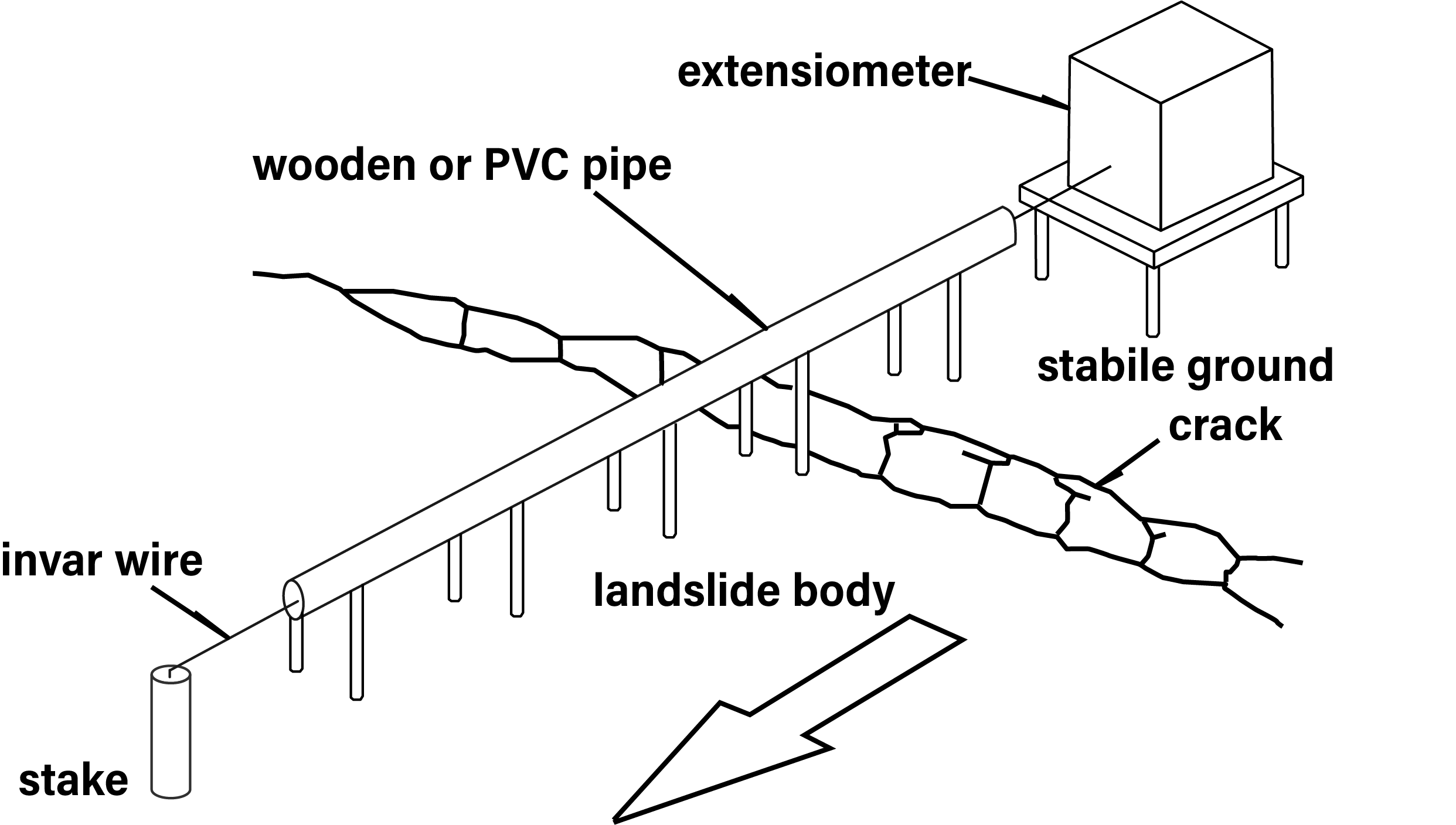
Figure 3.3.2.5. Simplified diagram for extensometer installation
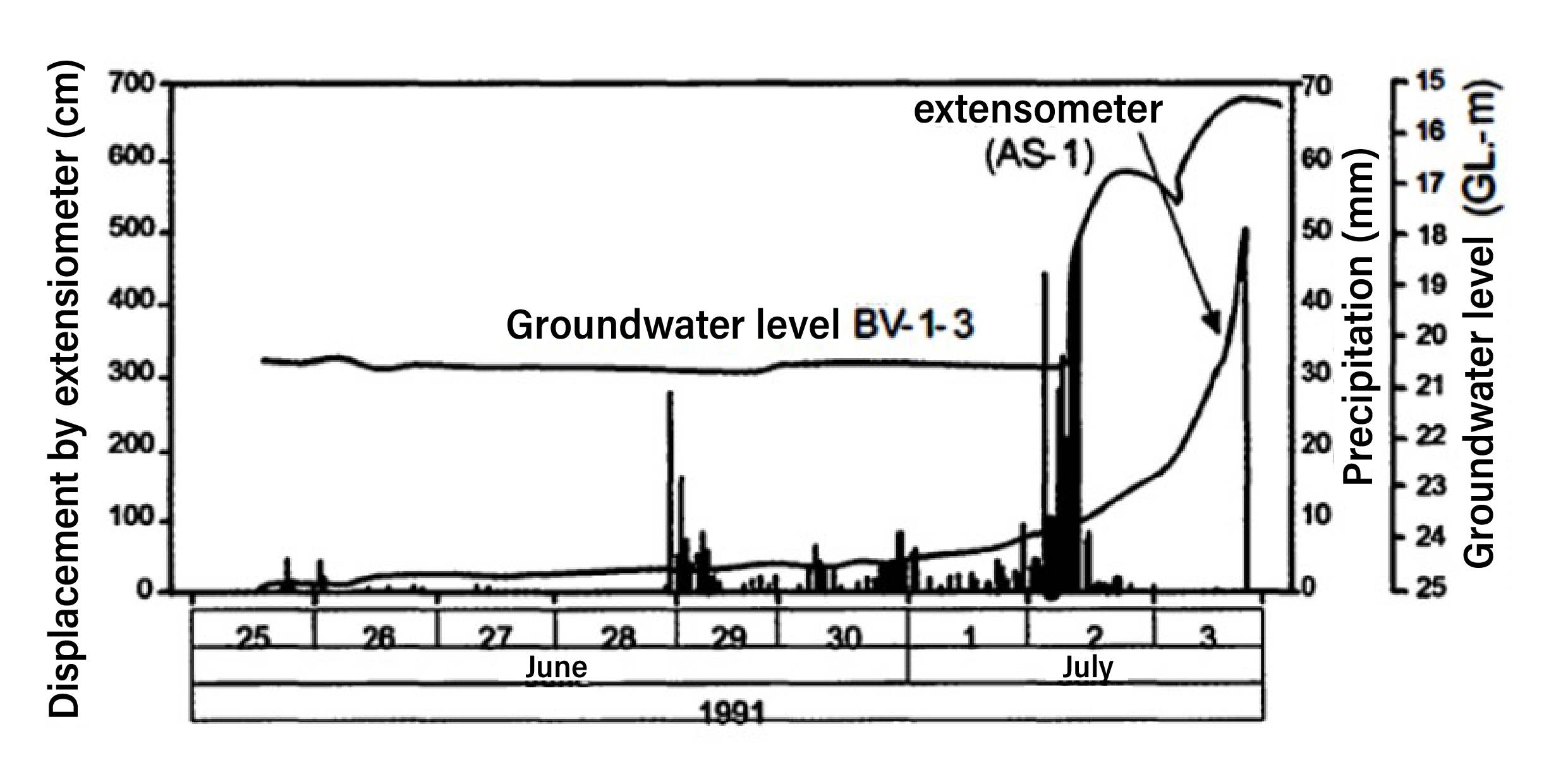
Figure 3.3.2.6. Example of measurements by extensometer
A control point is established across from a suspected sliding area on stable ground, and survey stakes are positioned within the slide. Laser survey is most effective where landslides are very active and the movement is large. Recently, a non-prism optical distance meter has been developed which does not require a specific target, and is used for monitoring on very steep slopes.
In recent years, GPS has been applied in landslide measurement to obtain three-dimensional positions of a landslide (Figure 3.3.2.7). It is also effective in identifying the moving direction and distances of a landslide.
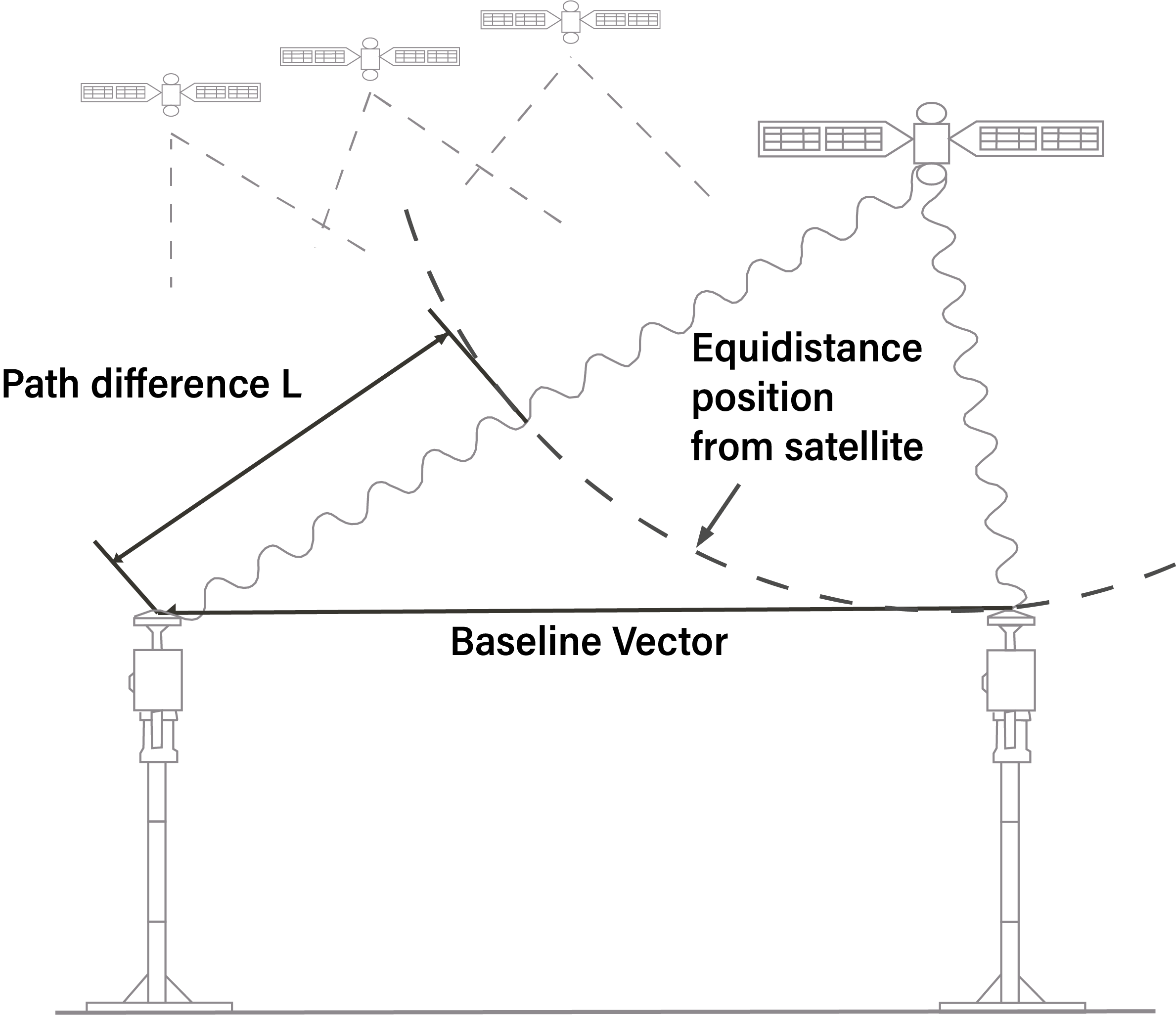
Figure 3.3.2.7. A conceptual rendering of differential GPS
The ground tiltmeter is useful for determining the deformation at the head and toe and sometimes along the flanks of the landslide, or to assess the possibility of future deformation. A "level type" tiltmeter is most conventional.
Recently, slope deformation detection systems using fiber optics have been tried. This system adopts the property of reduction in the optic medium within the fiber optics as it bends. It is possible to record the amount of deformation as well as the location of the deformation.
In order to identify the depth of slip surface for actively moving landslides, differences in velocities and moving patterns utilized along the slip surface are determined. Depending on the requirements for survey accuracy and magnitude of displacement, the appropriate instrumentation shall be selected from the following representative instruments: 1. Pipe strain gauge; and 2. Inclinometer.
PVC pipes with strain gauges are inserted into the boreholes, and the movement is detected by the change in the strain as the PVC pipe bends (Figure 3.3.2.8, and 3.3.2.9). The accuracy of detection increases as the intervals of the gauge narrows. Some lowest strain gauges must be anchored into the bedrock below the slip surface so that data from within the intact formation can be obtained.
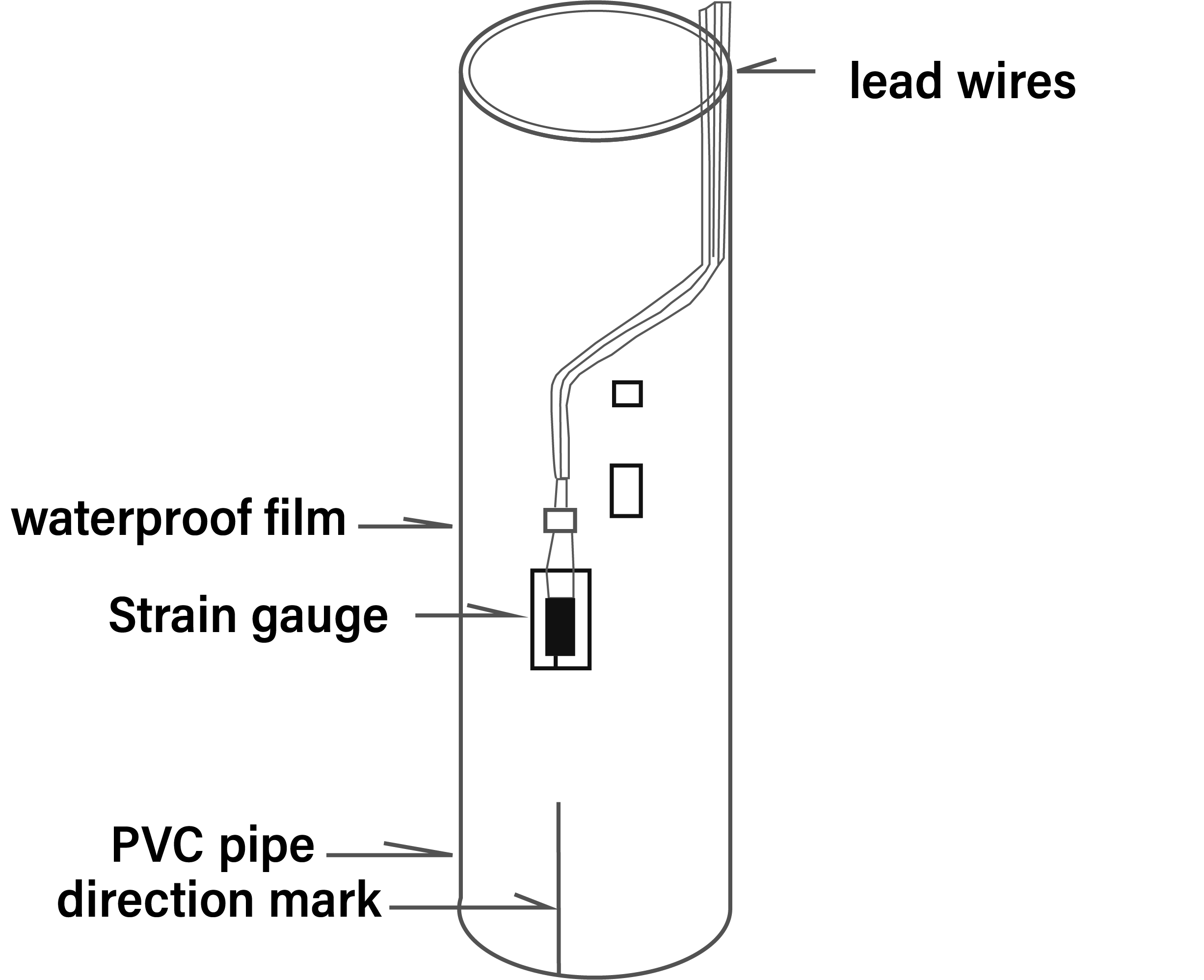
Figure 3.3.2.8. Pipe strain gauge system
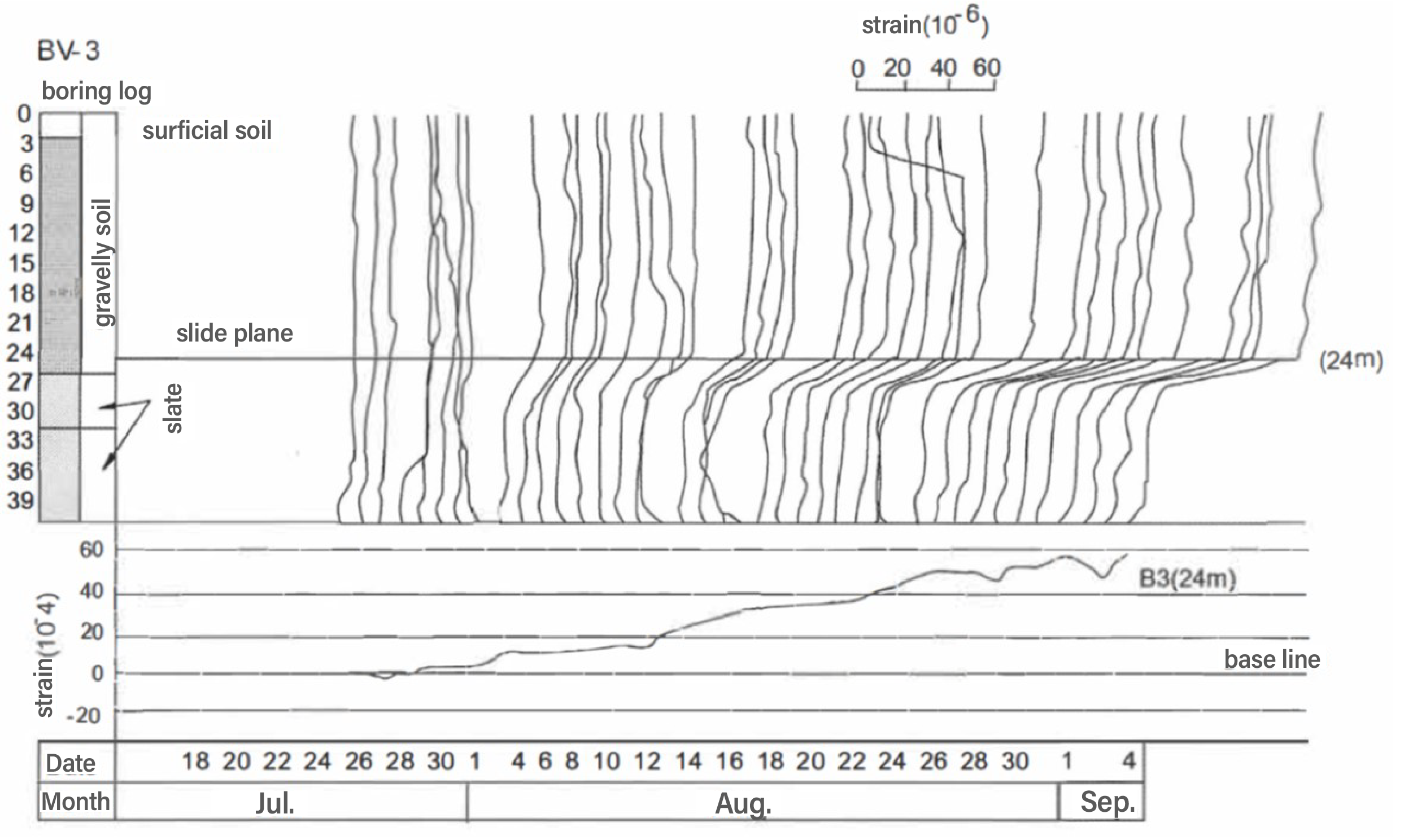
Figure 3.3.2.9 Example of measurement by pipe strain gauge
A grooved casing is inserted into the borehole extending into the bedrock formation, and an adequate quality of grout should be placed into the borehole to assure an intimate contact with the borehole. By lowering a probe equipped with a tilt sensor, de· formation in the casing can be detected and movement of a landslide can be determined (Figure 3.3.2.10). An accurate measurement is possible where the deformation of a landslide is relatively small. As a landslide movement increases, the borehole and casing will bend making insertion of the probe difficult or the casing will exceed the tilt detection limit of the instrument.
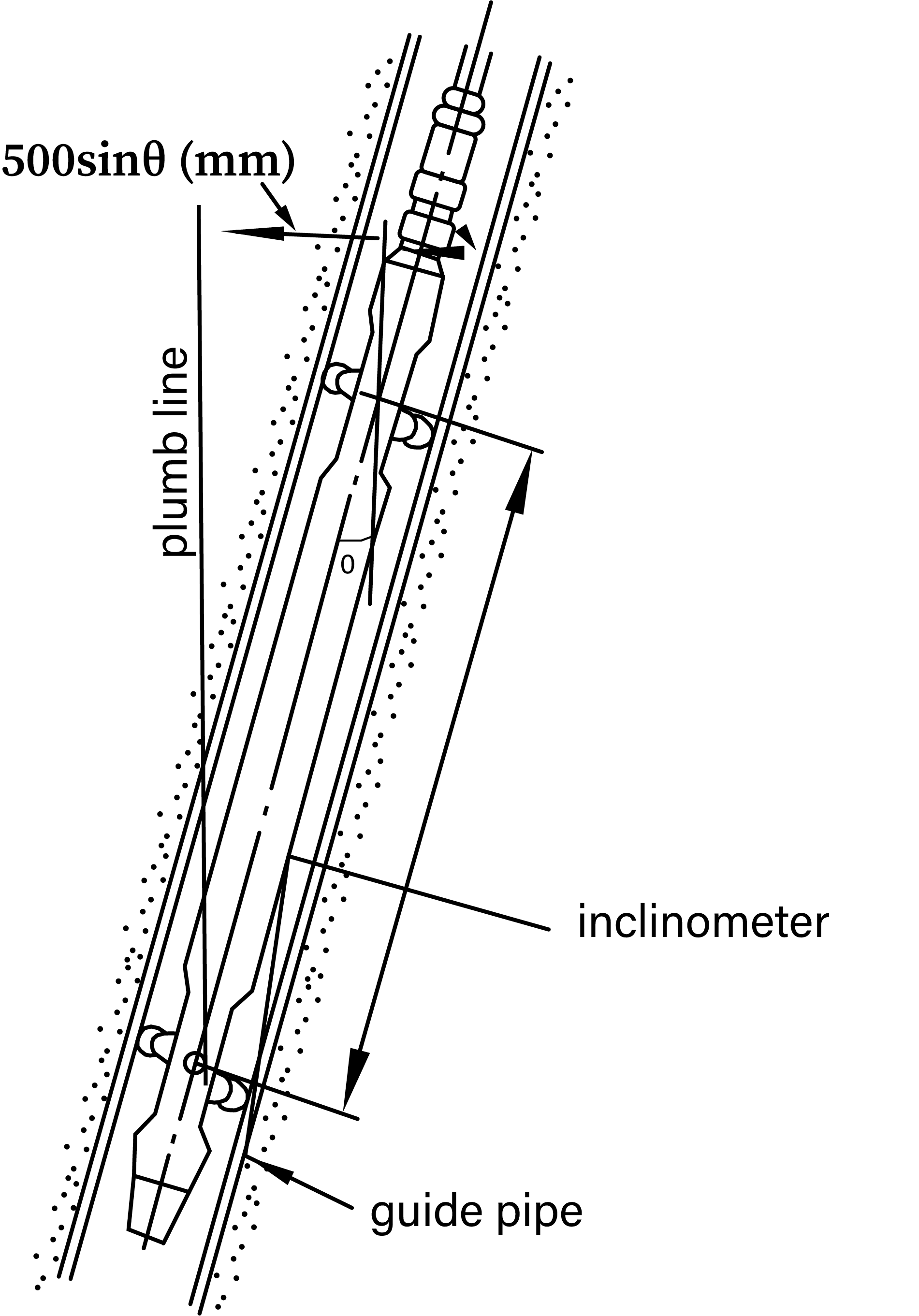
Figure 3.3.2.10 Sensor of insertion type inclinometer
In the past, measurements of slope deformation have been performed manually. More recently, automatic monitoring systems using data loggers and computers are being used. The instrument setup in the field has been designed for easy installation, and is weatherproof, durable, maintenance-friendly and economical.
Here are three main advantages in using the automated survey system:
Semi-automatic systems manually collect data from the data logger and sensor installed at the site on a periodic basis. Data can be retrieved directly from the hard drive of the computer or through flash memory.
Full-automatic monitoring systems permit remote control in real time and rapid graphic data processing and display. It is possible to store long term data accurately and effectively and would provide early warning signs of slide activity, thereby reducing landslide hazards (Figure 3.3.2.11).
Furthermore, recent developments in the intelligent construction systems at construction sites facilitate real time safety control during construction. In recent years, landslide monitoring systems utilizing information technology along with the existing full-automatic monitoring system and GIS have been developed (Figure 3.3.2.12, and 3.3.2.13).
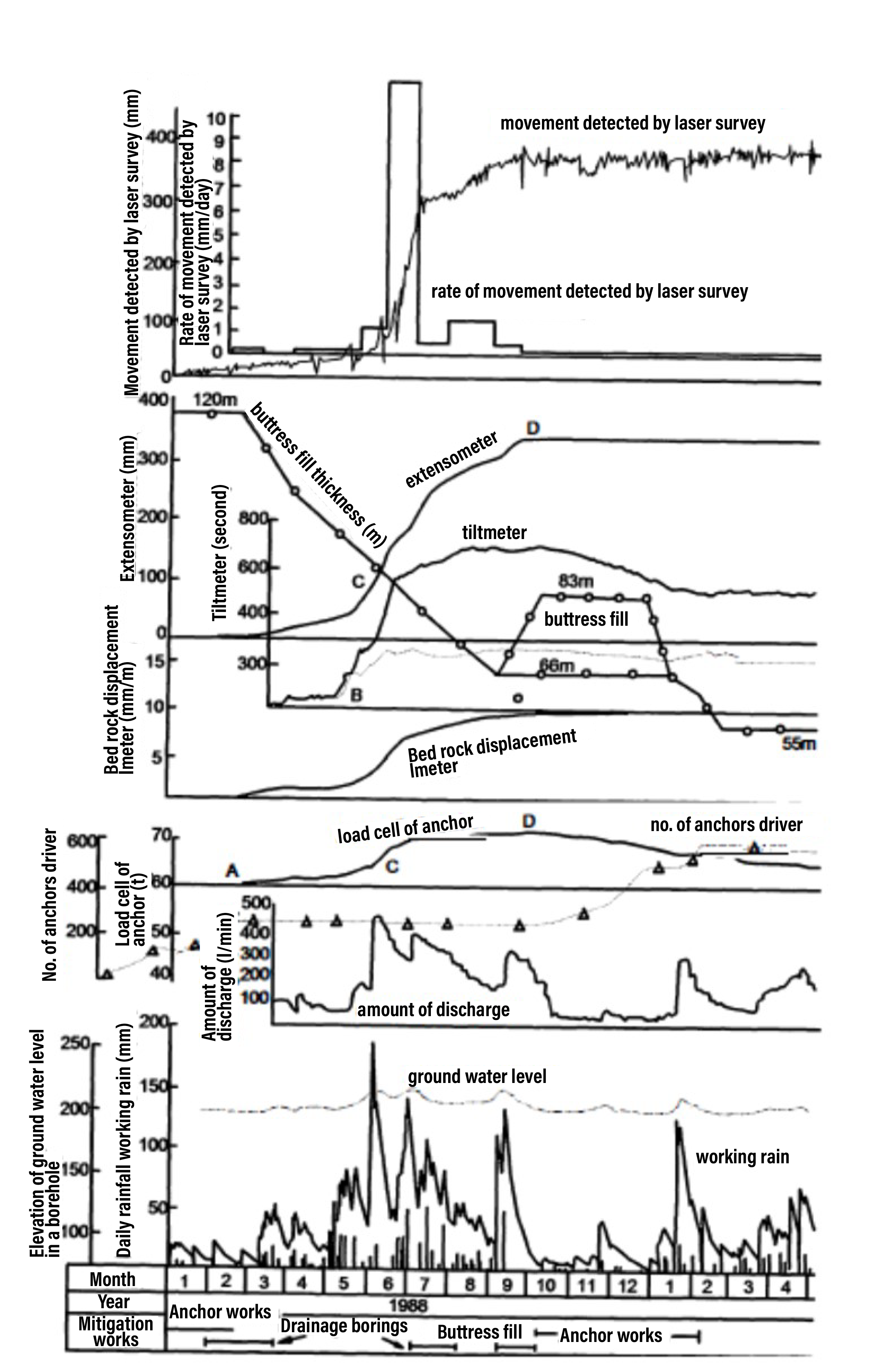
Figure 3.3.2.11 Examples of landslide movements obtained by various instruments
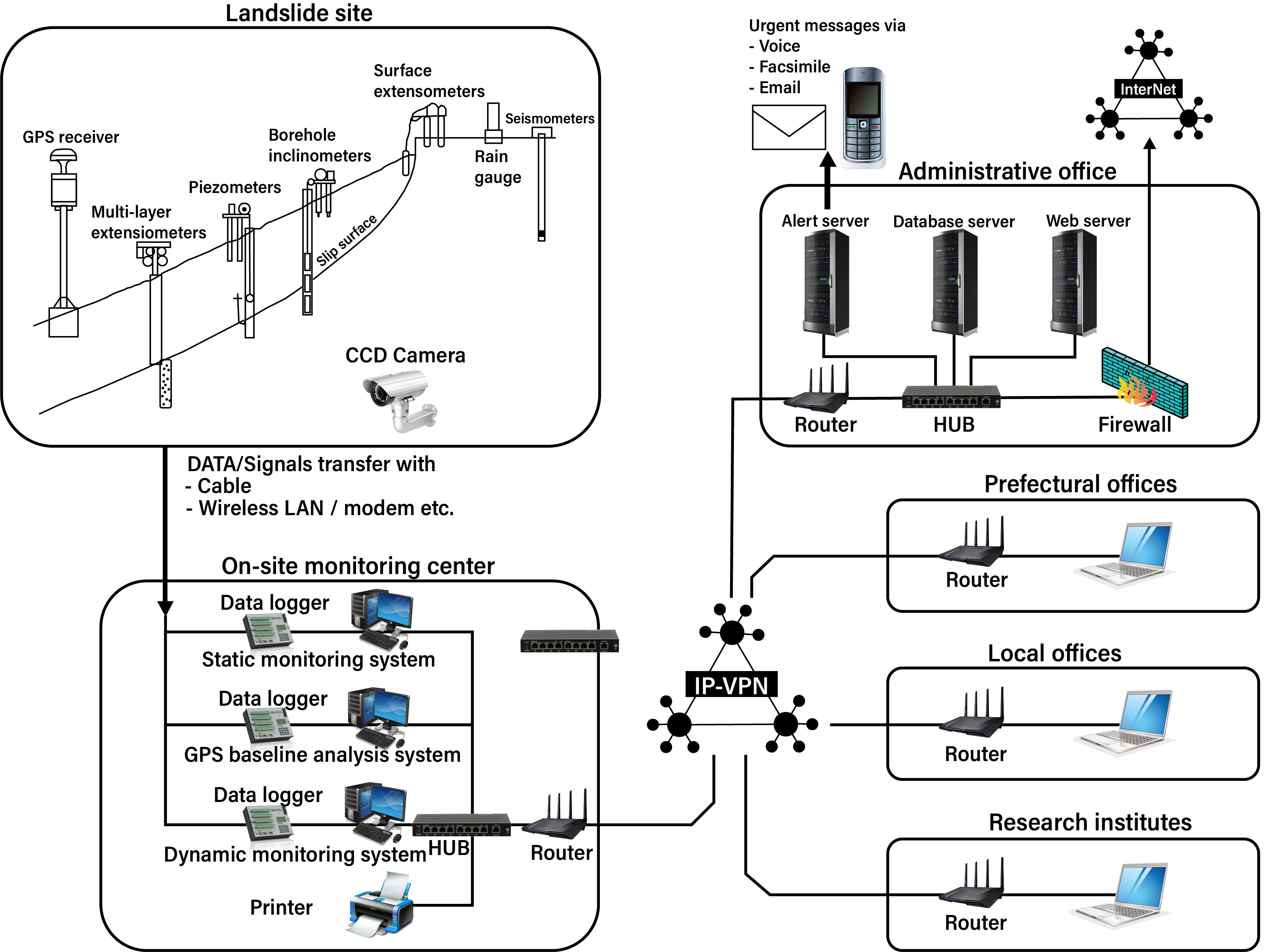
Figure 3.3.2.12 Automated monitoring system using IT Technology
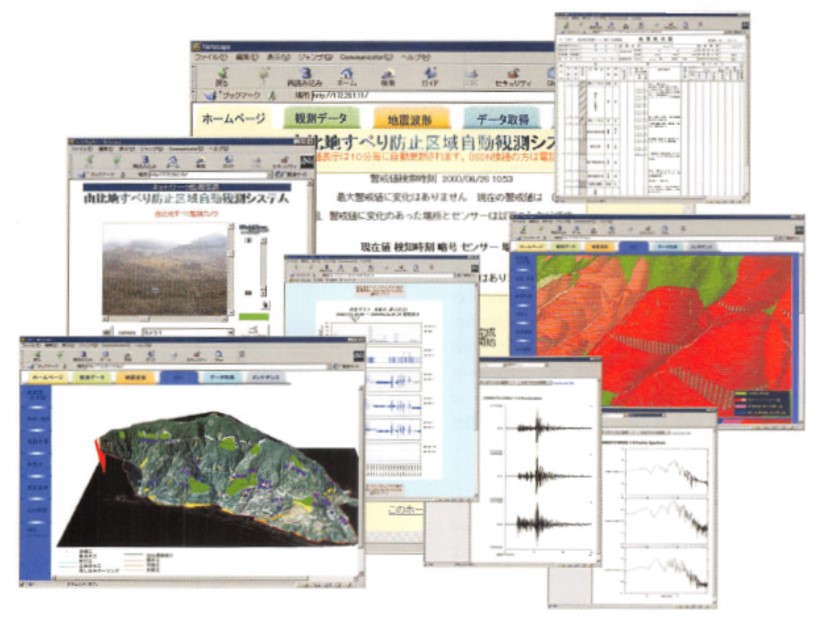
Figure 3.3.2.13 Automated monitoring system combining with IT Technology and GIS
1 1998 World Health Organization, EMERGENCY HEALTH TRAINING PROGRAMME FOR AFRICA, Panafrican Emergency Training Centre, Addis Ababa, July
2 https://www.undrr.org/terminology/hazard
1 https://www.gsi.go.jp/hokkaido/bousai-hazard-hazard.htm (in Japanese)
2 2004 Public works research institute, Report on Joint Research on Risk Assessment of Road Slopes Using GIS, Draft Guidelines for Preparing Road Slope Hazard Maps, February (In Japanese)
3 https://www.mlit.go.jp/river/bousai/main/saigai/tisiki/syozaiti/ (In Japanese)
4 https://www.city.hino.lg.jp/_res/projects/default_project/_page_/001/002/460/flood_h29_en.pdf
5 2013 Cabinet office of Japan, Guidelines for Volcano Hazard map for disaster prevention, March, http://www.bousai.go.jp/kazan/shiryo/pdf/20130404_mapshishin.pdf (In Japanese)
6 http://www.city.kagoshima.lg.jp/kikikanri/kurashi/bosai/bosai/map/documents/eigo.pdf
7 2021 Headquarters for earthquake research promotion, National Seismic Hazard Maps for Japan (2020), March (In Japanese)
8 2021 Headquarters for earthquake research promotion, National Seismic Hazard Maps for Japan (2020), March (In Japanese) https://www.pwri.go.jp/icharm/publication/pdf/2010/4184_tsunami_hazard_mapping.pdf
9 https://www.mlit.go.jp/kowan/hazard_map/5/shiryou2.pdf (In Japanese)
10 2010 Public works research institute of Japan, Tsunami Hazard Mapping in Developing Countries, November
11 2020 Ministry of Land, Infrastructure, Transport, and Tourism of Japan, Guidelines for developing sediment-related hazard maps, October, https://www.mlit.go.jp/river/sabo/201015_HMguideline_honbun.pdf (In Japanese)
12 http://www.hrr.mlit.go.jp/matumoto/contents/sub/school/saigai_kisomenu.html (In Japanese)
13 2020 World bank, The global landslide hazard map, Final project report, pp50, June
1 2002, OECD, Glossary of key terms in evaluation and results based management. Paris, https://www.oecd.org/dac/2754804.pdf
2 2011, Koichi SUGA, Recovery From the Damage Caused By the Earthquake -At the Makinohara Section Of the Tomei Expressway, Civil engineering Journal, Vol. 53 No.3, Public works research center, March (In Japanese)
3 2017, Ministry of Land, Infrastructure, Transport and Tourism, Japan, Inspection Guidelines for Road Earthwork Structures, August (In Japanese) translated into English
4 2013, W. Satoh, Slope failure forecasting methods, Soil mechanics and foundation engineering 61(9), 10-13, 2013-09 September
5 2013, W. Satoh, Slope failure forecasting methods, Soil mechanics and foundation engineering 61(9), 10-13, 2013-09 September
6 2012, Japan Landslide Society, Landslide in Japan(7th Revision)
7 2012, Japan Landslide Society, Landslide in Japan(7th Revision) (In Japanese)